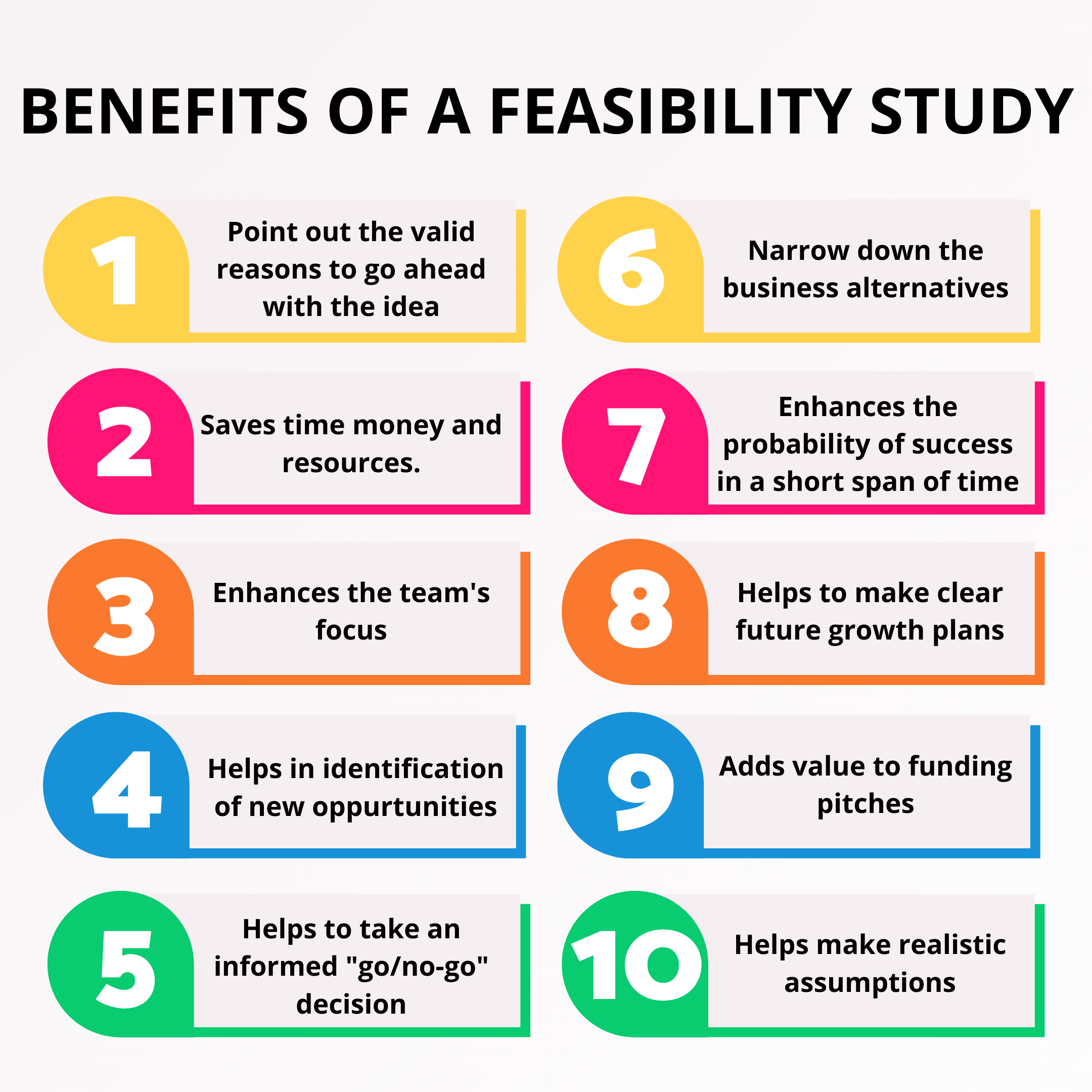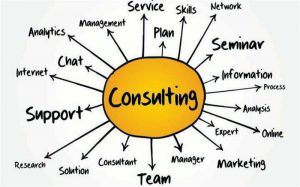When we grow plants, we sow multiple seeds. Some of them germinate and turn into saplings while few out of them survive to grow into healthy and blooming plants.
Same is the case with a business idea and feasibility studies act as a screening test for them. Be it a start-up or an established organization, before introducing a new product/service, seasoned entrepreneurs use feasibility studies to know the potential of their business idea.
“Ideas are easy. Implementation is hard.” – Guy Kawasaki
Determining the feasibility of your business idea in time helps you save resources. It prevents disappointment in the future. There are certain key factors that you have to assess in an objective and comprehensive manner to get unbiased and accurate results.

Business Idea Feasibility study– Factors to analyze
Track the potential members interested to be a part of your core team
You need to hold small meetings with your family, friends, colleagues, and investors to introduce them to your business idea.
This idea tells them which product/service you will deliver and how you plan to go about it. Carefully listen to their reactions and responses to determine the interest of people in supporting your plan.
You should also know how many of them will be step-forward to join you. Note down the set of skills required to execute your business idea and based on that build a strong team.
Thoroughly research your target market
It is critical to know about your potential customers and their needs. Collect demographic data to assess your limitations and scope of attracting customers.
Also, identify the competitive prices for your product. Around 42% of start-ups fail due to launching a product with no market need, making it the topmost reason for failure for start-ups.

Keep track of the latest industry trends, avenues and threats and align your product/service with the market demand to keep your ship sailing.
Know your competitors
It is essential to thoroughly research your competitors to achieve a competitive edge in the market.
Identify the market segments that your competitors cater to, the benefits and services they offer, their USP and price model.
It is recommended to explore the business model of businesses that are performing well, consistently for more than five years in the market.
In-depth competition analysis will help you assess your strengths and weaknesses and design effective market strategies that are focused on filling in the gaps to gain a competitive advantage over your competitors. This competitive advantage sets you apart and allows you to set the price of your product higher than other similar products in the market.
Let’s understand the significance of competitive analysis from the example of dishwashing detergents.
All dishwashing detergents have the same utility (i.e) to clean the utensils thoroughly. On the other hand, different dishwashing detergents brands make their room in the market by creating a brand value.
This brand value helps them to differentiate their product in terms of cleaning ingredients used, impact on users and the environment.
The brand value also used images to promote their products. The cleaning ingredients consists of lime, tamarind, salt, unique stain buster formula etc.
The detergents reduce the impact on users and environment through environmental-friendly, economical, leaving no stains on utensils, anti-bacterial, soft on hands etc.
Their rank in the market share depends on how they portray and position their product in the market.
Access your technical feasibility
After assessing the customer demand and your competitors, the next step is to figure out the methods and resources.
These would be used to produce your product and your delivery plan. You need to gauge your capabilities in hiring employees, equipment requirements, raw materials in accordance with the capital of the company.
You can seek the help of an external vendor if the company is not self-sufficient. The vendor will help you in fulfilling all the technical requirements of the product. This helps in maintaining a smooth flow of production and delivery.
Make sure that all your company’s technical requirements-from production to customer delivery. This data will enable investors to learn more about your business operations.
Track your financial feasibility
Finance is the pivot of any business. This makes it an extremely crucial component of a feasibility study. You need to evaluate the economic viability of your business idea by considering your start-up cost, cash flow and operational expenses.
According to a survey by a smart asset, payroll appeared to be the most expensive start-up cost, costing approx. $ 300,500 for five employees across the U.S.
Financial feasibility analysis will help you know the commercial success of your business by letting you decipher areas like sales volume, pricing structure, ROI , and profitability.
Make a risk assessment plan
Facing stumbling blocks is part of a start-up journey. On the contrary, if you are aware of those blocks in advance, probability of fall reduces manifolds.
A risk assessment plan will help you identify all the major risk factors that could arise during the course of your business. You will then plan a strategy to overcome those risks to prevent your business from any significant impact.
Steps to follow while making a Risk Assessment Plan:
1. Identify the potential risks
2. Spot the areas that might be harmed
3. Assess those risks and create a list of precautions
4. Implement your assessment
5. Review it at regular intervals and update if required
Investment seeking strategy
Investments act as a fuel for the smooth functioning and faster growth of start-ups. A business idea that has the potential to sustain and grow will definitely attract investor’s eye.
The feasibility study will help you do the SWOT analysis of your business idea. It also helps you to prepare financial projections that are scalable and indicate profitability.
Find the silver lining in the clouds
Look for the limitations and scope of your business objectively. Study the results keenly and with an open mind.
Sometimes, during the course of your feasibility study, you stumble upon brilliant solutions or tread unexplored potential markets and demands. This could open doors to new business opportunities.

Post-feasibility Action Plan
Taking your go-or-no-go decision: Before you take your final plunge, you have to brainstorm and conduct in-depth research to evaluate all the essential components for the execution of your start-up idea.
Your final decision should be unbiased and consider all the pros and cons of the idea to save yourself from wasting valuable time, money, resources and above all your credibility.
Mould your business idea into a company: This is the step when your dream becomes a physically visible reality. You strategize the allocation of capital, hiring of employees, apply for required permissions and permits. You also prepare directions to streamline your business processes.
Create your own Feasibility study template
You can create your own feasibility study template by incorporating the above-discussed points. You can use the template to establish a standard and repeatable model for your organization.
This template also helps in assessing other business projects in the future. All the discussed components help you strategize and plan to conduct easily, without wasting too much time and resources.
Get counted!
A well planned and diligently executed feasibility study gives you an objective view of your survival and growth. It shortens your growth time.
It helps you focus on making your business stronger by avoiding pitfalls and cutting out the chances of risks and losses in the future.
Got an idea!
Looking for funding?
Take our free Business Idea Funding Feasibility Analysis to assess your funding feasibility on 50 parameters and kick start your next funding round.









